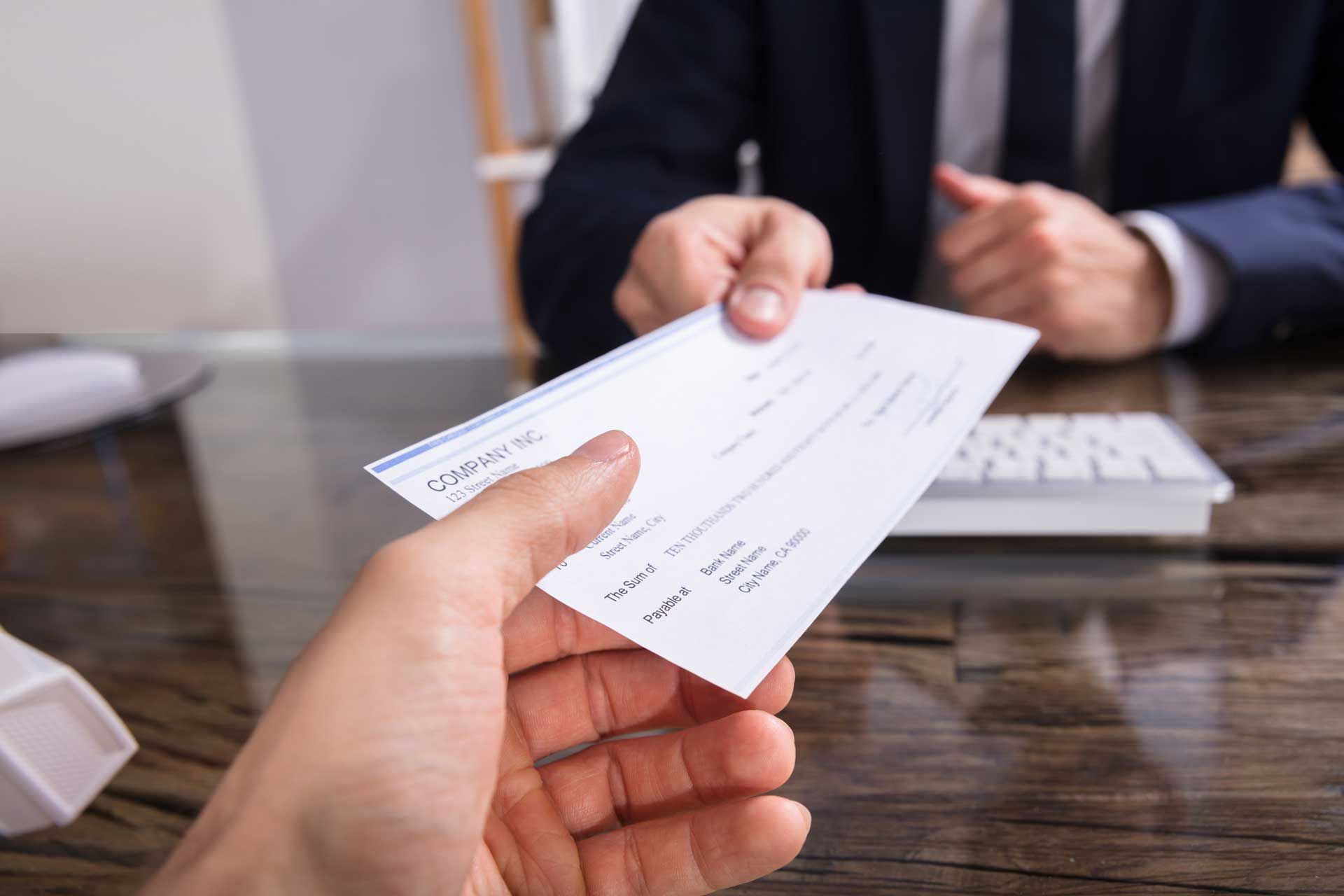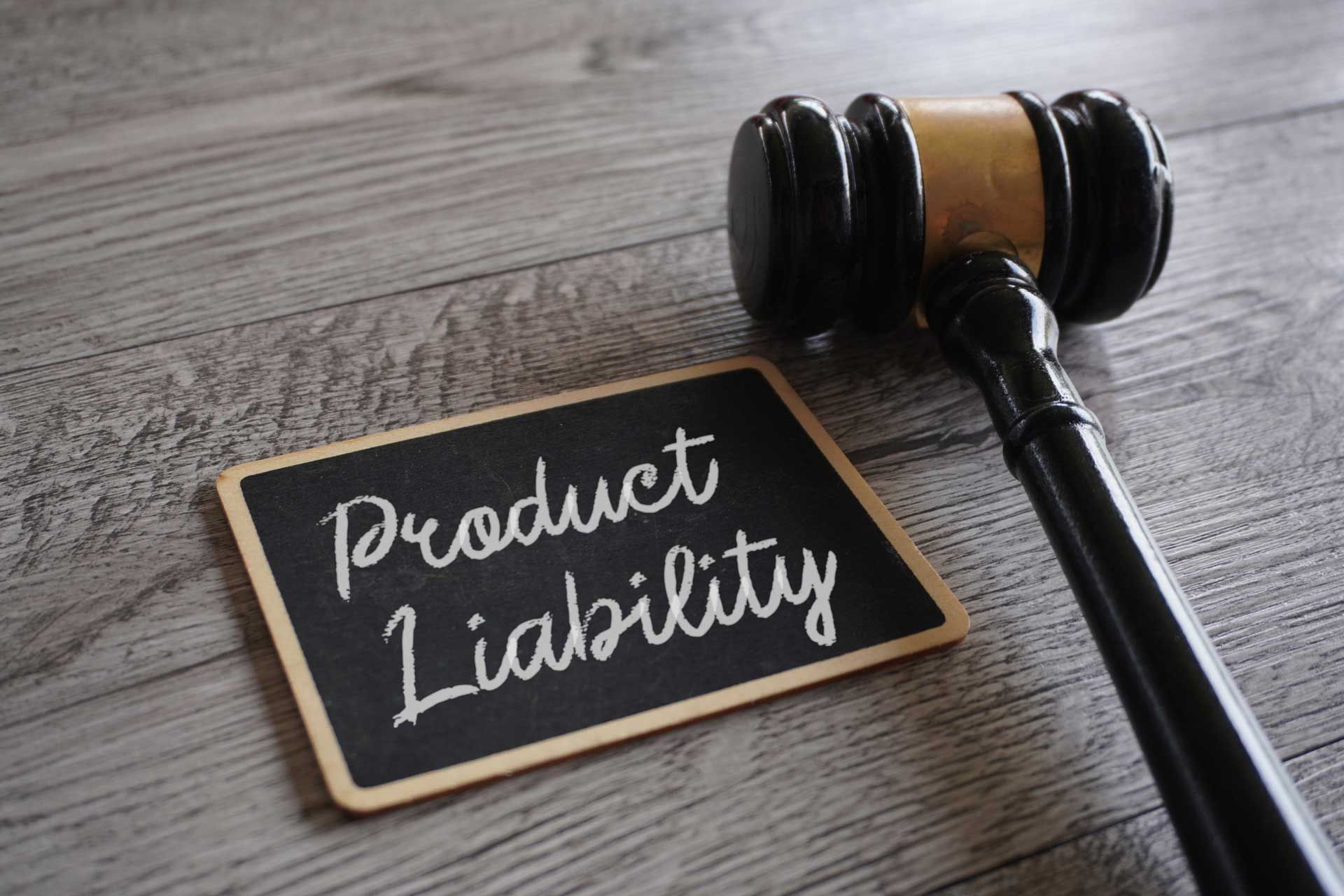Seed Round Funding to IPO: Is this the Best Strategy for Your Startup
An Overview of Funding Rounds and Means to Exits for Startup Founders

A successful startup requires much more than a brilliant idea. It requires a significant amount of time, self-control, commitment, and cash, above all else. Approximately 60% of businesses need outside capital rounds to get off the ground, according to a 2016 British Business Bank Survey. So without further ado, let's talk about the many stages of startup funding that each and every entrepreneur needs to be aware of.
Stages of Startup Funding You Should Understand
Pre-Seed Financing: The phase of bootstrapping
Seed Funding: Initial phase of product creation
First VC round of funding for series A
Series B Financing: VC's second round
Third VC round of funding for series C
Over the past few years, startup investment rounds have dramatically changed the corporate landscape. There weren't many choices for startup fundraising available not too long ago, but recently, there has been an increase in startup funding available at various stages. As a prospective startup owner, you need to assess the state of your business and the amount of capital you can secure from outside investors.
Here is a summary of the main startup funding stages before we go into the specifics of each funding level.
The Phase of Pre-seed Funding
This early level of seed money is so important that it isn't even categorized as startup capital. This phase, known as pre-seed funding, typically describes the initial stages of a startup's existence.
During the pre-series stage, investors are unlikely to provide money in exchange for stock in the firm. This phase may extend for an extended period or you may receive pre-series money quickly. It is dependent upon the type of company and the upfront expenses that you have to account for while creating your business plan.
A typical term for the pre-seed funding stage is bootstrapping. To put it plainly, it refers to scaling your startup with your own current resources, including co-founders, first in employees, friends, family, etc. Entrepreneurs aim to grow themselves as efficiently as possible by investing money out of their own pockets.
Pre-seed capital enables a fledgling company to efficiently develop and market its product or services. Entrepreneurs often evaluate the feasibility of their ideas during the research and development stage. They may already have a functioning product prototype and are looking for suitable capital to enable them to grow their firm on a full-time basis.
Many entrepreneurs also look to founders who have been there and experienced similar things as them for advice during this phase. It enables users to ascertain the expenses that will be incurred by their project or idea, create a profitable business plan, and gather suggestions for expanding their concept into a real company.
Since comparable difficulties are best resolved during this time, entrepreneurs should also work out any relevant copyrights, partnership agreements, or other legal issues during the pre-series stage. They could eventually become costly and perhaps insurmountable. Furthermore, no investor will give money to a firm that has legal problems before it launches.
Typical pre-series investors include:
Business Owners
Family and Friends
Venture Funds for Early Stages (Micro VCs), allow we suggest holding off on these.
People who already know you should ask. Friends, former colleagues, relatives, etc. That is your finest opportunity—almost your only one. If that doesn't work, ask wealthy and well-connected industry figures.
To finance their company, entrepreneurs could have to spend all of their money and even take on additional employment. Putting your own money into a company comes with a lot of risk, therefore success is not assured, thus you need to be really committed and hardworking. Nevertheless, when executed well, bootstrapping can offer advantages over typical investments, such as preserving corporate ownership and possibly yielding higher long-term returns on investment.
Startup Assessment in the Early Phase
Entrepreneurs value their firms ranging from $100,000 to a few million during the pre-seed investment phase.
2. Stage of Seed Funding
It's time to sow the seed after the pre-seeding phase. "Seed funding" is the first step of startup fundraising. Given that nearly 29% of companies fail due to a lack of funding during the bootstrapping phase, seed money is essential for launching and growing a business.
The biggest mistake founders typically make is waiting until they have too little money to seek funding elsewhere. You may think of the seed funding phase as being similar to planting a tree. The initial funding is ideally the "seed" that makes it possible for any firm to succeed. With the right resources, such as a sound business plan and the commitment of the founder, a company can eventually develop into a "tree."
Startups are required to give investors ownership in exchange for seed funding because they are taking a significant risk when they invest in the business. Because startups cannot yet guarantee a successful business model, the risks are significantly higher.
Seed capital enables a firm to finance product launch expenses, gain traction through marketing early on, make critical hiring decisions, and do additional market research to determine product-market fit.
Many entrepreneurs believe that all they need to do to launch successfully is a seed capital round.
Prospective Seed Stage Investors
Typical investor categories involved in seed investment include:
Family and Friends
Angel Capitalists
Venture Funds for Early Stages (Micro VCs)
Fundraising
Startup Evaluation and Seed Stage Fundraising
The startup needs to have a developed product and a steady stream of money from customers by now. It's now necessary for them to maximize their value offerings and choose series A funding. The chance to expand into new markets is fantastic for firms like this one.
It is important to establish a plan that will yield long-term profitability in the Series A investment round. Startups frequently have brilliant concepts that can draw in a sizable number of ardent consumers, but they often lack the knowledge necessary to successfully monetize them over time.
At this point, you have to start learning about the fundraising process and establishing early relationships with VCs and angel investors. To secure funding for your firm, you need to find investors that are willing to follow the 30-10-2 guideline. This rule states that you have to locate thirty investors that are prepared to put money into your venture. Of those thirty investors, ten may express interest in your plan, and two of them will really give you money.
Inform them that while you are not currently raising money, you plan to do so within the next six months. Express your genuine interest in them and your desire for them to receive an early glimpse, as this is what all investors desire.
Traditional venture capital firms and angel investors provide the majority of the Series A investment. They are not searching for "great ideas," but rather for businesses with a sound business plan that can transform their brilliant concept into a profitable venture that will allow investors to recoup their investment.
While a lone investor can act as a "anchor," it's easier for a firm to draw in more money when it has its first investment. Despite their preference to participate at this level, angel investors typically have far less sway than venture capital firms do.
Potential Series A Investors
Initiators
Super Angel Capitalists
Entrepreneurial Funders
Series A Company Valuation and Fundraising
Strategic Investors
Some funds who are actively investing in Series A and beyond:
Capital IDG
Brand-New Enterprise Partners
The Khosla Group
GV.
Stanford-StartX Fund or StartX
Next Stage: IPO
Offering company shares to the public for the first time is known as an initial public offering, or IPO.
While established corporations use it to enable startup owners to sell some or all of their shares to the public, growing startups in need of capital frequently employ this approach to raise money.
An IPO is a series of events that happen when a startup chooses to go public. They consist of:
Creation of a team for an external public offering that includes SEC specialists, lawyers, underwriters, and certified public accountants.
Information on the startup, including its financial results and projected operational trajectory, is compiled.
An audit of the startup's financial statements is conducted, leading to a recommendation on its initial public offering.
The startup chooses a date for going public and files its prospectus with the SEC.
The benefits of a public offering for entrepreneurs go beyond just raising capital for their firm. Other benefits include:
Since a public organization already has access to public markets, it can raise extra funds through secondary offerings.
Answers to Common Questions
How do you figure out how much money to raise in each round?
Paul Graham, CEO of Y Combinator, says you have to use this easy formula to figure out how much money your startup needs.
Take the number of candidates you wish to hire and multiply it by $15,000 times 18 (months).
For instance, you may use the previously given method as follows if you need to hire five employees:
The amount of money you'll need for the following 18 months of your startup is 5 x $15000 x 18 = $1,350,000.
The lowest amount of funding you may expect to receive in each cycle is roughly as follows:
Round of Pre-Seeding: $0 to $50,000
Seed Round: $3 million to $50,000 million
Funding for Series A: $3–$6 million
$10 million to $30 million in funding for series B
$30 million to $50 million in funding for series C
Funding for Series D: $50 million and above
A venture capitalist would generally be interested in 10%–20% of the stock in your startup at the capitalization presented when they invest.
An angel investor would prefer to hold 15–25% of the stock in a startup from a very early stage in the development of the company.
How can I obtain seed money?
You and the three traditional Fs—Favorites, Friends, and Family—are the only possible investors for your business idea, if you have launched or are going to launch it.
Venture capital firms and angel investors avoid making investments in the ideation stage since they don't know how committed you are to the project or how well it will turn into a successful business.
Based on the scale calculation, the startup funding stages will be as follows:
Round of Pre-Seeding: $0 to $100,000
Seed Round: $500,000 to $2,000,000
Funding for Series A: $3–$10 million
$10 million to $30 million in funding for series B
IPO: in excess of $100 Million
Whatever stage you find yourself, it is never too early to assemble the best team for meeting your needs as you present your case to investors. Please contact Landmark Advisors or schedule a time for a consultation with our team.



